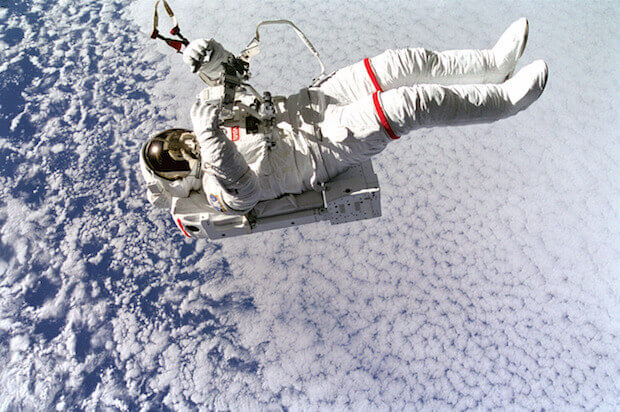
Summer’s here, and we know you’re looking for ways to keep your teens engaged, learning, and having fun. While relaxation is important, maintaining some level of mental engagement can prevent the “summer slide” and provide opportunities for personal growth. Here’s a list of 10 exciting activities that combine fun with learning, perfect for middle and high school students. Let’s dive in!
[Read more…]








